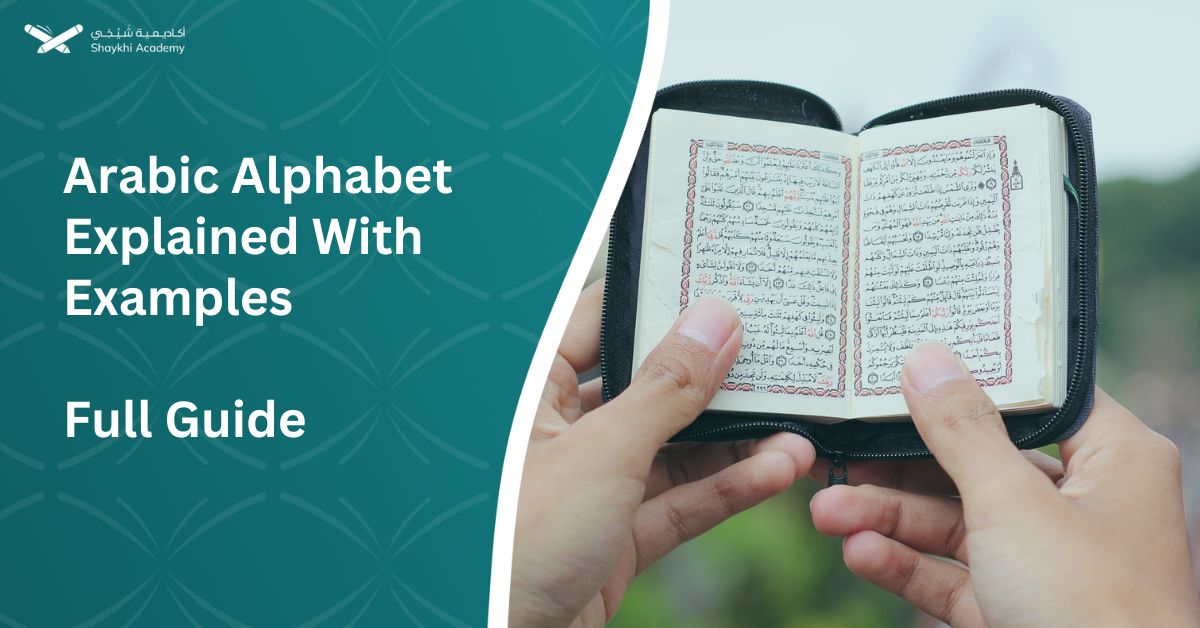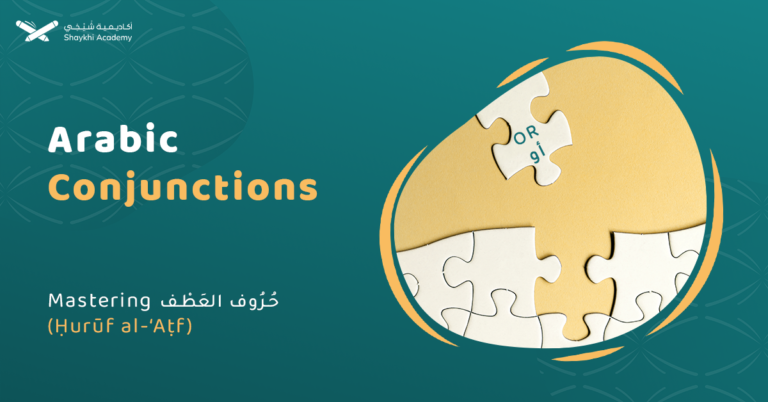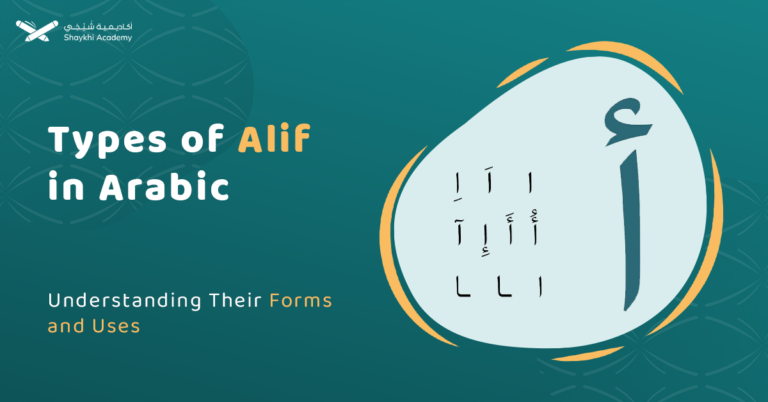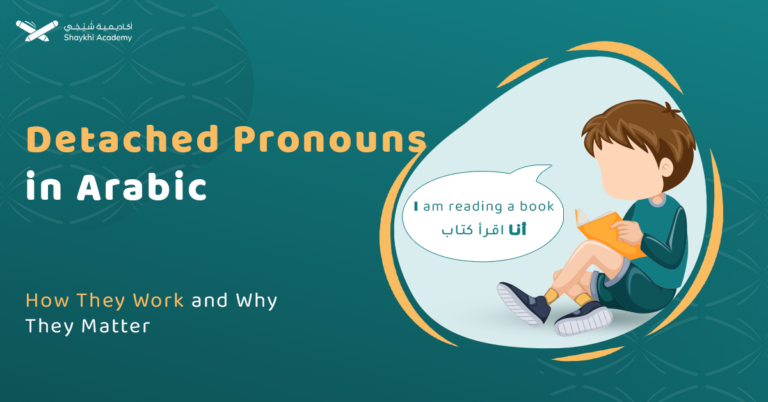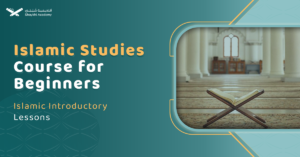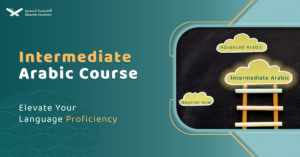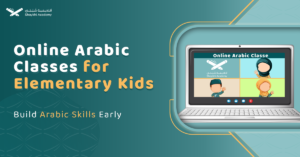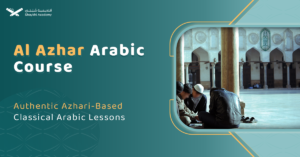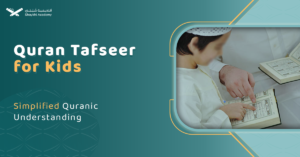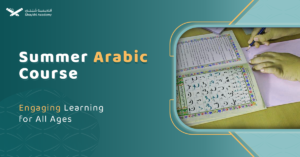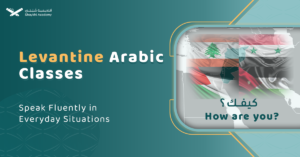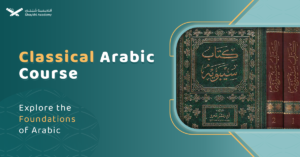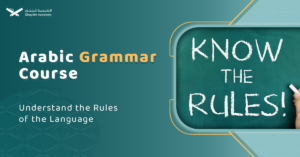The Arabic alphabet is the foundation of the Arabic language, consisting of 28 letters excluding the Hamza. Arabic letters have various forms depending on their position within a word. The language is written from right to left, and letters are connected to form words.
Classical Arabic, used in literary texts and the Quran, differs slightly from Modern Standard Arabic, which is used in daily life. Learning Arabic can be challenging for beginners due to differences in pronunciation, script, and the absence of vowels.
However, with practice and dedication, it becomes manageable. Teaching methods for children often involve interactive and engaging activities. Despite its complexities, Arabic is widely used, with over 30 languages employing its alphabet.
It is known that every living language in the world has an alphabet and the letters that form it. The alphabet is the basis of any living spoken language and consists of letters, Writing must consist of several letters in order for it to have its features and linguistic meaning.
Considering that the Arabic language is one of these languages, it has an alphabet that forms it as well, which is Arabic alphabet.
What is the Arabic alphabet?
The Arabic alphabet is the letters that form the Arabic language, whether written or spoken.
How many Alphabet in Arabic?
The number of letters in the alphabet in the Arabic language is twenty-eight, excluding the Hamza (ء), and they are arranged in a formal manner based on the principle of counterparts and similarities, which is the most widely used arrangement at the present time, where the letters are arranged in the following manner: (أ، ب، ت، ث، ج، ح، خ، د، ذ، ر، ز، س، ش، ص، ض، ط، ظ، ع، غ، ف، ق، ك، ل، م، ن، هـ، و، ي).
All 28 letters are consonants, and most letters have four different forms.
Arabic Alphabet with Words
Arabic letters are characterized by being flexible and varied according to their location in the word.
We find that the shape of the letter differs at the beginning of the word from the middle and the end.
For example, the letter (baa – ب)
Its form in the word “بلال” differs from the word “باب” and from the word “ناب”.
Its form at the beginning of the word is “بـ”, and in the middle it is “ــبــ”, but at the end it is “ب”.
Classical Arabic Alphabet
There are two types of written Arabic, which are:
1- Classical Arabic:
It is frequently used in literary texts, and it is the language in which the Holy Qur’an is written. It differs from Modern Classical in style and vocabulary.
2- Modern Standard Arabic:
It is the Arabic language used in daily life. It differs from Standard Arabic in some matters, but their origin is the same and they are very similar.
As for the letters in the two types, there is no difference in them, as modern standard Arabic includes the same letters as classical Arabic.
Arabic alphabet for beginners
The Arabic alphabet is a puzzle for any beginner in learning Arabic because it differs greatly from its counterparts in other languages. As The Arabic language:
1- Written from right to left:
This may be scary at first because this is a major departure from the norm in other languages, such as English, which are written from left to right.
2- Its letters are connected to each other to form words
Arabic words are not written as individual letters (like English), but rather linked together. This makes them somewhat similar to manuscripts.
3- Arabic letters differ slightly depending on where they are located in the word
This is what we mentioned above, which may cause the most confusion for beginners.
Isolated form Initial Position Medial Position Final position
4- The Arabic language does not contain vowels
You read that right! Arabic officially does not have vowels.
Although this sounds really strange to an English speaker, but That’s because the Arabic language actually contains letters that produce vowels. These are the last three letters in the Arabic alphabet: the ه, the و, and the ى.
All of these reasons may make the Arabic language a difficult language for someone who is just starting to learn it, but with a little focus and training, it will be very easy!
Arabic English alphabet
There are a number of differences between the Arabic and English alphabet. Below we mention the most important of these differences:
1- Number of letters
Arabic contains 28 letters, while English contains 26 letters.
2- Pronunciation of letters
There are a large number of Arabic letters that have no equivalent in the English language. And there are Arabic letters that in order to pronounce them in English, we must combine two letters of the English alphabet together.
for example:
The letter “ح” has no equivalent in the same way of pronunciation, but we replace it with the letter “h”
The letter “ث” has no equivalent in English, but we can compensate for its pronunciation with two letters “th” together.
3- Capital and small letters
In Arabic, there is no such thing as capital and small letters, while in the English language there are important differences and rules based on the idea of capital and small letters, and their shapes differ as well.
4- Sounds and vowels
The English language contains three times the vowel sounds found in the Arabic language, so it is difficult for beginners to distinguish between some of the words they hear. For example, some Arab learners face some problems, challenges and difficulties in pronouncing these words correctly (ship / sheep or bad / bed); The reason for this is the lack of these phonetic differences in our Arabic language.
Therefore, it can be said that the English alphabet, even if it is similar in appearance to the Arabic alphabet, has many differences in its interior.
How to say the Arabic alphabet?
First, let’s talk about the pronunciation of the easy letters, which are as follows:
أ – alif
ب – baa’
ت – taa’
ث – thaa’ (similar to the “th” in “theory”)
ج – jeem
ح – haa’
خ – khaa’
د – dal
ذ – thal (similar to the “th” in “then”)
ر – raa’
ز – zain
س – seen
ش – sheen
ص – Ssaad (as in s- odd)
ض – ddad (as in d- odd)
ط – tt- uh
ظ – tthhad
ع – ‘eain
غ – ghain
ف – faa’
ق – khaaf (sounds like “cough”)
ك – kaaf (sounds like “calf” in an American accent)
ل – lam
م – meem
ن – noon
ه – haa’
و – waw
ي – yaa’
How let’s move on to the letters that require effort to pronounce:
1- the letter “ح”
haa’ is the sound you make when you clear your throat, only keep your mouth open when you do. Usually, when we clear our throats, we start by holding in air then letting it out forcefully. With ح , you end the letter by suddenly cutting the air.
2- the letter “خ”
Like forcing phlegm out. Okay, it’s gross, but khaa’ requires less effort than you can imagine. End it like ح, with a sudden cut of air. Remember not to put too much pressure on it, just a slight blocking of air will do.
3- the letter “ص”
This one is a bit tricky. Start by saying S normally then pull the middle of your tongue to the base of your mouth, leaving the tip close to your teeth. Now try to make this sound and follow it with “a”, ending with D. Something like SSaad should be the result. ص is like a magnified version of س
4- the letter “ض”
Also like ص, this is a magnified version of د, made by saying D, only pulling the middle of your tongue down. While د is gentle and easy to make, ض or Daad is more of a heavy and deep sound. After pronouncing the sound, open your mouth to add an “aa” sound and end with normal D.
5- the letter “ط”
This is a forceful sound. Put the tip of your tongue between your teeth, and pull the middle section down. Apply air pressure against your teeth and let it out forcefully. To help, try imagining ط like a pressuring T.
6- the letter “ظ”
Unlike ذ, this one also requires pulling the midsection of your tongue down. End it with an “aah”
7- the letter “ع”
This one comes from the throat. It’s the sound you make when you gag. Follow it with an “eain”
8- the letter “غ”
Made with literally gargling on air. You probably do this every day when brushing your teeth and kids do it when they drink to make bubbles in their mouths. End it with “ain”.
9- the letter “ق”
While ك is made with pushing your tongue to the roof of your mouth while blocking the air in your throat, this one is made with pulling your tongue down while blocking air. Let the air out from the upper back of your throat. This sound is made in cartoons when a character gulps down a drink.
Arabic alphabet explained
If we want to explain the Arabic letters sufficiently and in detail, we must talk about some matters, which are:
1- The shape of the Arabic letters
Most Arabic letters have four different forms depending on how and where they appear in the word and sentence:
The shape of the letter varies, as we mentioned previously, whether it occurs at the beginning, half, or end of the word.
Also, the flow and connection of letters produces words, and not like the English language, words are produced by placing letters next to each other. In Arabic, words come from the connection of letters.
An example of this is the word “كتاب” which is the product of individual Arabic letters (ك – ت – ا – ب) but together they look completely different.
And because every rule has deviations, there are Arabic letters that remove this concept of manuscript and consistency, and they are (أ – و – د – ذ – ر – ز).
These are the six Arabic letters that do not join the next letter. Instead, they form a break in the middle of the word, such as the word “باب” in which the letter “أ” comes in the middle, dividing it in half.
2- Vowels in the Arabic language
While the Arabic language does not officially have vowels, it does have ways of making long and short vowel sounds.
The three letters that act as long vowel sounds in words are (ي – و – أ).
How to Know The Point of Articluation (Makhraj) of Any Arabic Letter?
Put the letter you want to know its points of articulation or Makhraj in the state of Al-Sukon, then put the letter Hamza (هَــمْـزَة) before it, and lastly, pronounce it! If you want, for example, to know the point of articulation of the letter Fā’ (فَـاء), you’ll apply the rule to pronounce (أَفْ).
For more information about letters’ points of articulation, kindly check this article.
How to learn the Arabic alphabet?
There are two ways you can follow to learn the Arabic language:
1- Learn face-to-face
Through a teacher specialized in the Arabic language and attend lessons with him. Here, it is preferable to seek the help of a teacher of Arabic origin so that he can provide you with the correct pronunciation.
2- Learn Arabic online
Through one of the reliable places that provides you with Arab teachers, such as Shaykhi Academy, which provides you with qualified teachers in teaching the Arabic language who have certificates in that on the one hand, and Arabs on the other hand.
You can apply now and get a free trial class to try it out before the final subscription.
How to teach the Arabic alphabet to kids
The best way to teach children is to use attractive learning methods such as gamification, competitions, and the use of songs, picture books, and coloring books, for example. There are a couple tips that can help you in teaching Arabic to your son, which are:
1- Start with the basics
Start by familiarizing your kids with the Arabic alphabet pronunciation, and teach them the sounds of each letter.
You can use colorful flashcards or interactive applications to make it more attractive.
2- Practice pronouncing and typing Arabic letters to kids
Encourage children to speak Arabic and send written messages in Arabic. Provide opportunities for them to interact with Arabic speakers so that they can practice the Arabic alphabet pronunciation.
Is the Arabic alphabet hard to learn?
For beginners, yes, the Arabic alphabet may be somewhat hard, but it is not as difficult as some might imagine. It is natural that learning anything new may be complicated at first, but once you obtain a suitable learning place and a professional teacher, the subject will be completely easy.
Languages that use the Arabic alphabet
There are at least 30 languages that use or use Arabic. Which are:
(Afghan – Arwi – Azerbaijani – Bahasa Melayu – Balochi – Brahui – Dogri – Fula – Hausa – Hindustani – Iranian – Javanese – Kashgari – Kashmiri – Kazanian – Kirghiz – Kumyk – Lahndi – Malayalam – Nakho–Dagestanian – Punjabi – Saraiki – Shina – Sindhi – Somali – Sorani Kurdish – Sundanese – Swahili – Tausug – Turkish – Turkmen – Urdu – Uzbek – Wolof)
How long does it take to learn Arabic?
According to studies, the beginning of mastering the Arabic language can occur after 2,200 hours of study, but this number is varying according to several factors, such as the extent of dedication to learning, previous experience in learning other languages, the teacher through whom you receive it, and also according to the individual abilities of each person.
Does Arabic have an Alphabet?
Yes, the Arabic language has an alphabet consisting of 28 letters.
Unlock the Path to Quranic Mastery with Shaykhi Academy!
Are you seeking the finest Quranic education right from the comfort of your home? Look no further! Shaykhi Academy stands out as a premier online Quran learning platform, dedicated to providing exemplary education to both children and adults.
Why Choose Shaykhi Academy?
- Connect with highly qualified native tutors.
- Flexible scheduling to suit your busy lifestyle.
- Affordable classes tailored for all levels.
- Accessible from anywhere around the globe.
Discover Our Range of Courses:
- Arabic Noorani Qaida: Lay a solid foundation for Quranic studies.
- Online Quran Classes for Kids: Engaging lessons for lifelong learning.
- Tajweed Rules for Kids: Learn to recite with confidence.
- Quran Hifz for Kids: Step-by-step guidance to memorize the Quran.
- Quran for Adults: Introduce yourself to Quran reading and Tajweed rules.
- Online Arabic Courses: Master the language of the Quran.
- Islamic Studies: A wide range of topics related to Islam, including theology, law, Quranic studies, Hadith.
Don’t Miss Out on Your Chance to Excel!
Whether you’re a beginner or seeking advanced knowledge, Shaykhi Academy can guide you! Book your free trial now and make Ramadan 2024 your Quranic turning point!
Conclusion:
The Arabic alphabet serves as the backbone of a rich linguistic tradition spanning literature, religion, and daily communication. While its script and pronunciation may pose initial challenges for learners, the language offers a gateway to cultural understanding and communication across a diverse range of societies. Through dedicated study and effective teaching methodologies, mastering the Arabic alphabet is attainable, opening doors to a world of linguistic richness and cultural exchange.
